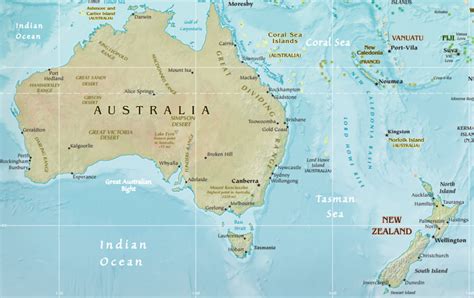
2020 09 08 7 27 12
The US airline industry continues to bring back aircraft gingerly and with consideration. The parking process was easy – put as much metal down in a hot dry place and wait. The waiting was smart – some airlines decided to buck the trend and chase market share only to see traffic soften and their bet failed. However, Americans seem increasingly to be chafing at the restrictions on movement.
How does an airline decide what to bring back from the desert?
- Airlines bring back aircraft they can reactivate at minimal cost/downtime.
- The primary focus is on flexibility. Given the uncertain recovery, the most flexible aircraft gets the nod.
- Aircraft age/MRO status plays a critical role return to service – older aircraft are likely to be the last to return, if ever. PBH contracts complicate this though.
- Transcon range is important because it is part of the flexibility focus. Especially if an airline serves Hawaii with single-aisle aircraft.
- What is the optimal range/capacity aircraft for US airlines now? The E175 at the lower end and A220 on the upper end.
The following chart illustrates this with fleet data through September 4. Generally, the active fleet is growing younger as these aircraft offer flexibility with lower MRO exposure. The US airlines have a deep pool of E175s to work with, but are limited by scope clause in deploying them beyond agreed levels. On the other hand, the A220 fleet is tiny and in the hands of one airline.
Consequently, what we see is US airlines having to “make do” with the tools at hand. Fortunately, fuel costs, which are typically between 40-50% of operating costs, are currently at very low levels. So while they may not have the optimal aircraft to deploy in the crisis, low fuel costs are of considerable help.
Moreover, US airlines quickly adapted to uncertain traffic flow. As our chart illustrates, the airlines were caught at the start of the crisis. They could not pull capacity fast enough, but by mid-May, they adjusted schedules. A slow recovery ensued through the July 4th weekend. But then traffic softened again. Schedules are coming back carefully and the September 4 load factor of 63 passengers per average domestic flight is encouraging. This is about where the industry was on the July 4th weekend. One hopes this is not another a Holiday Weekend bump and false signal. Summer vacation traffic is done and the Fall lull is upon us.
Network planners have to continue carefully selecting aircraft for service: juggling MRO costs, PBH contracts on engines, and ensuring aircraft can be activated quickly if there is a traffic spike. Bookings are a good leading indicator. But with any surge in infection rates, traffic will evaporate – airlines can hold onto the booking revenue but that value can be used in the future by passengers for a year. Who knows where we are in a year?
Views: 0




